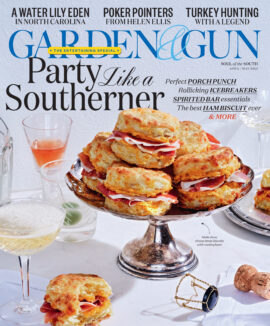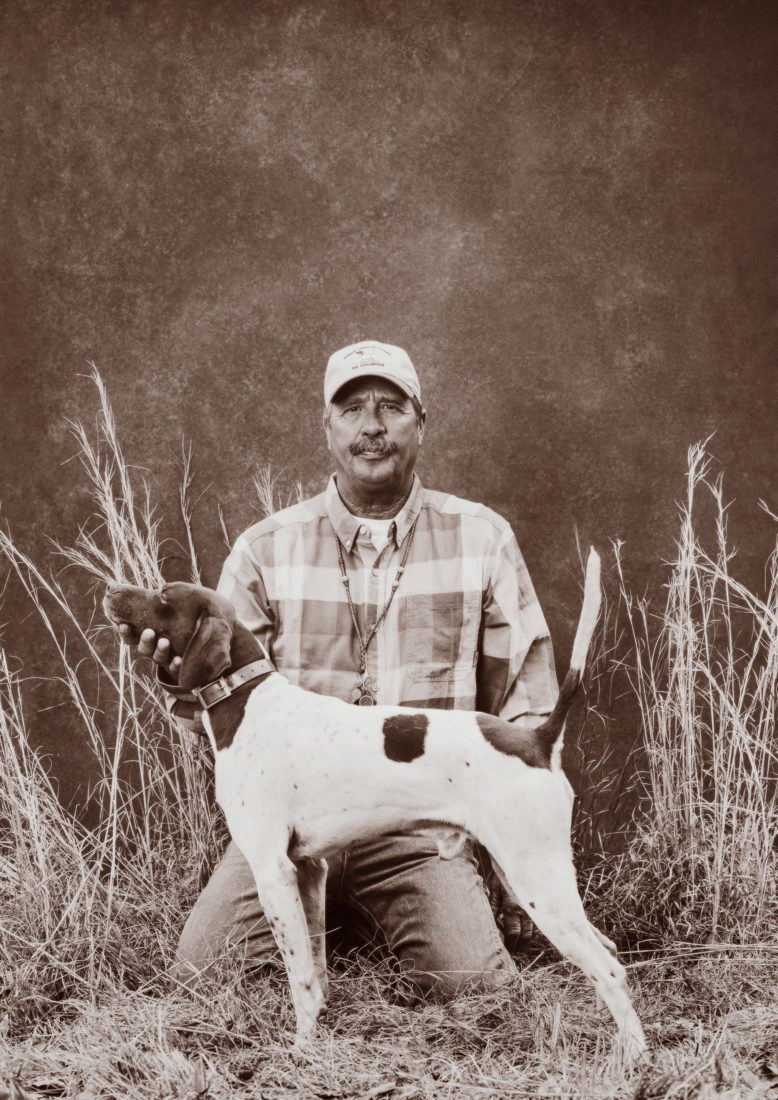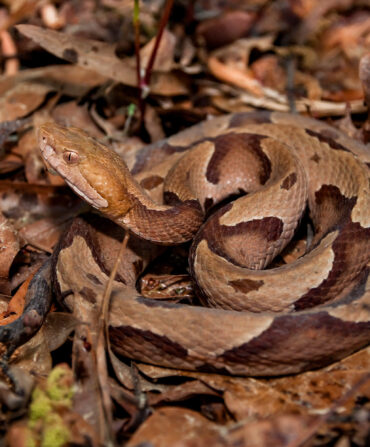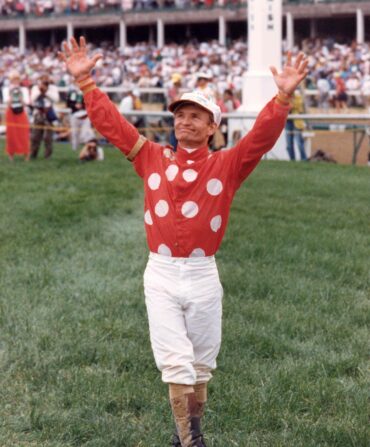1. ENGAGE WITH YOUR TRAINER
The biggest mistake dog owners make is failing to spend time with their dog and the trainer together. “They need to know how to correct the dog as much as the dog needs to know what is expected,” Miller says. Learn how your trainer gives praise and provides correction.
2. LEARN TO READ YOUR DOG
Each dog is different and responds differently to correction. “You have to learn how much pressure and stress you can put on your dog,” Miller says. “When you’re working a dog, you look for a wagging tail. When they’re coming back to you, you can tell if they look happy in the eye.” Dogs are not robots, Miller says. When you see a dog drop its tail or back off a task, it’s time to ease up and try something different.
3. DON’T GIVE AN INCH
Correct every mistake, no matter how minor. If a dog moves a single step when quail flush or the gun goes off, Miller moves in immediately. He calmly picks the dog up and moves it back to its original position. Every time.
4. GET YOUR HANDS ON YOUR DOG AFTER EVERY POINT
This is one of Miller’s secrets for training steadiness in a pointing dog. On every point, he walks up to the dog and releases it with a word of praise and a rub down the back. “I want them to understand that even after the bird is gone, they cannot move until I get my hands on them.”
5. TRAIN ALL YEAR LONG
Miller credits his farm-boy work ethic for much of his success. “Whoever works the hardest has the best dogs,” he says. “That much I can promise you.” When other trainers call off their dog work in the summer heat, he keeps at it
in the predawn dark, training by the light of a headlamp.
6. GIVE THE DOG AN OCCASIONAL BIRD
Many trainers never let their pointers get a bird in their mouths. Miller takes another approach. “I’ll kill them a bird every now and then, let them mouth it and do what they want with it,” he says. “Listen, dogs have to have a little fun, too. And this can be the key to having them stand there and look active and engaged after the flush, because you’ve reminded them what this is all about.”
MORE: Learn more about Scott Miller’s legendary dog training career








